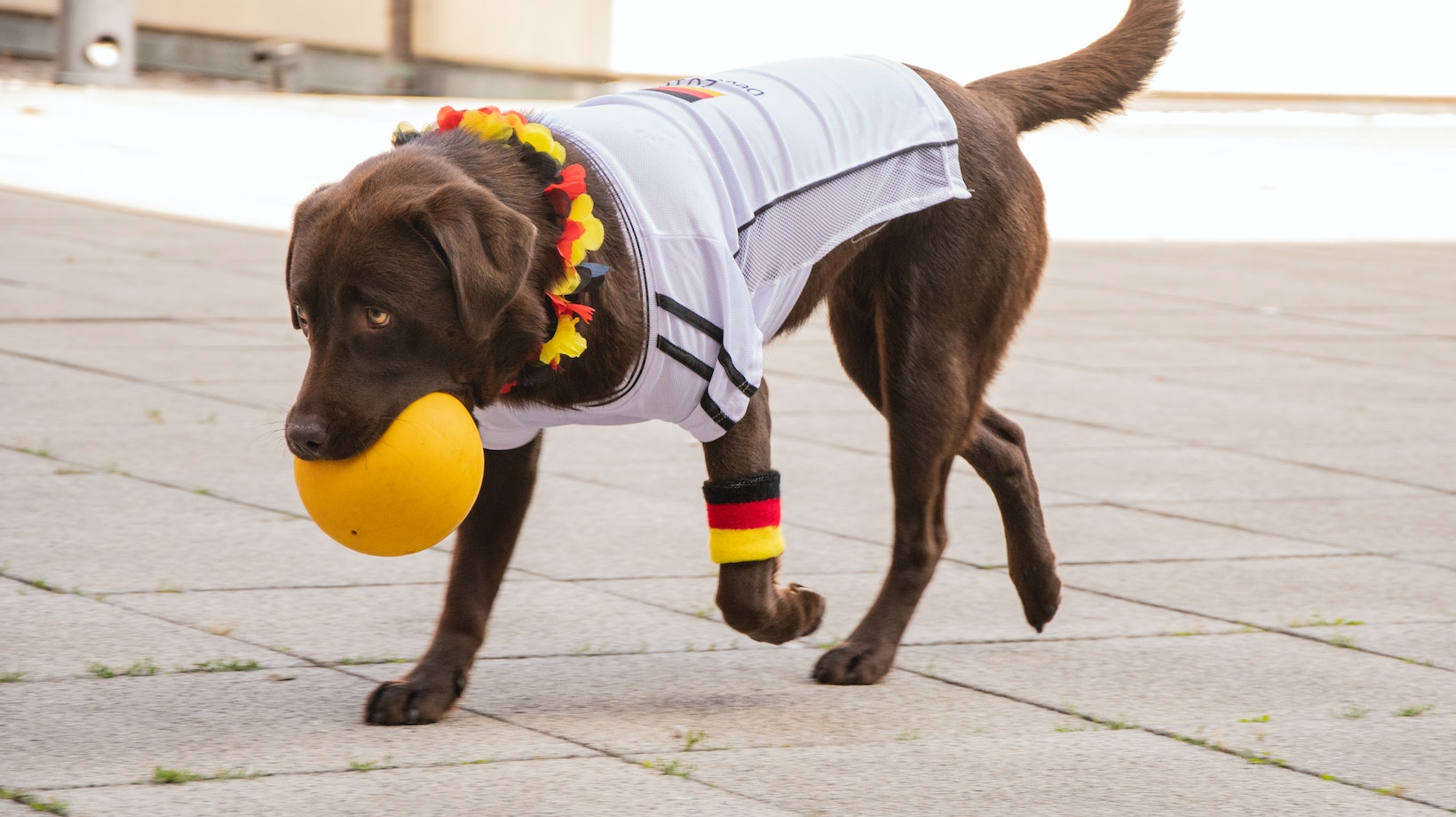How To Train A Puppy Not To Bark Or Whine
Firstly, it’s important to understand that puppies often use barking and whining as a way to communicate their needs. However, excessive barking or whining can become problematic if left unaddressed. To tackle this issue, one approach is teaching your puppy the “quiet” command. Whenever your pup starts barking or whining unnecessarily, use a firm but calm voice and say “quiet.” Once they stop making noise, reward them with praise and treats. Consistency is key here – repeat this process each time they exhibit the unwanted behavior.
Another helpful technique is desensitization training. Expose your Labrador puppy gradually to situations or triggers that typically make them bark or whine excessively. For example, if they tend to get anxious when visitors arrive at the door, start by having friends come over for short periods of time. Use positive reinforcement techniques like treats and praise when they remain calm during these encounters. Over time, increase the duration of visits until your pup learns to stay quiet even in the presence of guests.
Establishing A Consistent Routine For Your Labrador Puppy
- Set fixed meal times: Dogs are creatures of habit and do well with regular feeding schedules. Determine specific times for breakfast, lunch, and dinner, and stick to those times as closely as possible. This will not only regulate their eating habits but also aid in housebreaking by creating predictable bathroom breaks.
- Designate exercise periods: Labradors are energetic breeds that require ample physical activity to stay happy and healthy. Plan daily exercise sessions that include walks, playtime in the yard, or even trips to the dog park if feasible. Providing regular exercise outlets will help prevent excessive barking or whining caused by pent-up energy.
- Establish potty breaks: Potty training is an essential aspect of teaching your puppy not to bark or whine unnecessarily. Take your Labrador outside at consistent intervals throughout the day, especially after mealtimes or naps. By creating a routine around bathroom breaks, you’ll teach them where and when it’s appropriate to relieve themselves.
- Implement crate training: Using a crate can be an effective tool in establishing consistency for your Labrador puppy. Introduce the crate as their safe space where they can relax and sleep comfortably during designated quiet periods or overnight. Be sure to follow proper crate training techniques so that they view it positively rather than associating it with punishment.

Socializing Your Puppy To Reduce Anxiety And Stress
- Start small: Begin by gradually introducing your puppy to different settings, starting with quieter and less overwhelming places such as parks or quiet streets.
- Positive associations: Make the experience enjoyable by rewarding your puppy with treats, praise, or playtime when they show calm behavior in new environments.
- Controlled interactions: Initially keep interactions controlled by exposing your puppy to well-behaved dogs or calm individuals who can provide positive experiences.
- Gradual exposure: Increase the complexity of environments over time, gradually exposing your pup to busier areas, louder noises, and larger crowds.
Preventing Separation Anxiety In Your Puppy
- Gradual departures: Practice short periods of separation and gradually increase the duration to help your puppy become accustomed to being alone.
- Create a safe space: Designate a specific area or crate where your puppy feels secure and comfortable when you’re not around.
- Interactive toys: Provide interactive toys or puzzles that can keep your pup mentally stimulated while you are away.
Creating A Calm Environment For Your Labrador Puppy
- Designate a Quiet Space: It’s essential to set aside a designated area in your home where your Labrador can retreat and relax. This could be a cozy corner in the living room or a quiet room with their bed and toys. Make sure this space is away from any distractions or loud noises that may trigger barking or whining.
- Establish Consistent Routine: Dogs thrive on routine, so establishing consistent daily routines can help create stability and reduce anxiety. Set regular feeding times, exercise sessions, playtime, and nap schedules for your Labrador puppy. By providing structure and predictability, you’ll help them feel secure and less likely to engage in excessive vocalizations.
- Provide Mental Stimulation: A bored puppy is more likely to resort to excessive barking or whining as a means of seeking attention. To prevent this, offer plenty of mental stimulation through interactive toys, puzzle games, and obedience training sessions. Engaging their minds will keep them occupied and less prone to restlessness.
- Use Soothing Sounds: Playing soft background music or using white noise machines can help drown out external noises that may trigger barking episodes in your Labrador puppy. Gentle classical music or nature sounds like ocean waves or rainfall can have a calming effect on both dogs and humans alike.
- Utilize Crate Training: Crates can serve as safe havens for puppies by providing them with their own den-like space where they can feel secure when they need downtime or alone time. Proper crate training techniques should be followed to ensure that the crate remains positive reinforcement rather than punishment.
Remember, creating a calm environment for your Labrador puppy requires consistency, patience, and understanding. By implementing these strategies and providing a peaceful atmosphere, you’ll be setting the stage for successful training and helping your furry friend learn to communicate without excessive barking or whining.